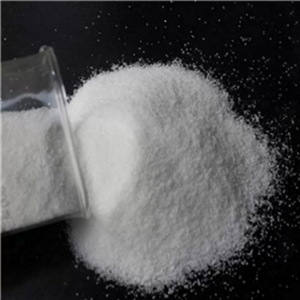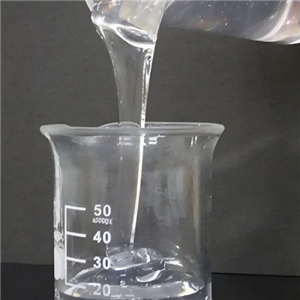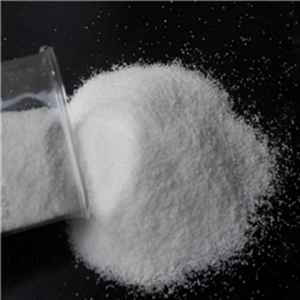PAM cationic
What are the advantages of PAM cationic and anionic by copolymerization method compared with other production methods? The anionic and cationic polyacrylamide copolymer by copolymerization method has the following advantages compared with other production methods (such as macromolecular side group modification method, hydrolysis method, etc.):
1.Strong controllability of structural performance:
--Precisely adjustable charge characteristics: By choosing different copolymerization monomers, the charge property of anionic and cationic polyacrylamide copolymer can be precisely adjusted. For example, introducing cationic monomers to obtain cationic polyacrylamide powder can treat wastewater with negative charges; introducing anionic monomers to obtain anionic polyacrylamide for the treatment of positively charged pollutants. This customizable charge characteristic enables PAM cationic&anionic to be widely used in different wastewater treatment scenarios. As a manufacturer of polyacrylamide PAM in China, Jiufang Tech has focused on customizing polyacrylamide for domestic water treatment for 20 years.
2. Molecular weight of anionic &cationic polyacrylamide powder can be controlled as needed: The copolymerization method(cationic polyacrylamide copolymer) can control the molecular weight of the PAM cationic and anionic more conveniently.
According to specific application requirements of polyacrylamide for domestic water treatment, cationic polyacrylamide powder with different molecular weights can be synthesized.
PAM cationic & anionic with high molecular weight has stronger flocculation ability and thickening effect and is suitable for industrial wastewater treatment or industries such as papermaking that have high requirements for flocculation effect; PAM cationic with low molecular weight have better solubility and permeability and can be used in application scenarios with high requirements for solubility, such as soil improvement or some fine chemical fields.
3. Excellent comprehensive product performance:
1) Good solubility of PAM cationic: Generally speaking, the anionic& cationic polyacrylamide copolymer produced by the copolymerization method has good solubility in water and can quickly form a uniform solution, making the use process more convenient and fast.Even at low temperatures, PAM cationic&anionic dissolution rate is relatively fast, which can meet the use requirements under different environmental conditions.
2) Excellent stability: Compared with anionic&cationic polyacrylamide powder prepared by other methods such as macromolecular side group modification method, the PAM cationic&anionic produced by the copolymerization method have better stability. This is because the copolymerization reaction makes the molecular structure of the PAM cationic&anionic more uniform and is less prone to problems such as molecular chain breakage or degradation, thereby ensuring the stability of the product during storage, transportation and use.
3) Enhanced flocculation effect: Because the copolymerization method can optimize the structure and performance of PAM cationic & anionic, making it have stronger electrical neutralization ability and adsorption bridging ability, it can more effectively aggregate suspended particles, colloids and other impurities in water during the flocculation process to form larger flocs, thereby improving the flocculation effect and sedimentation speed. This makes the PAM cationic&anionic produced by the copolymerization method have important application value in the fields of wastewater treatment and drinking water purification.
4) Good compatibility: The anionic&cationic polyacrylamide powder produced by the copolymerization method has good compatibility with other water treatment agents or additives and can be used in combination with inorganic flocculants (such as polyaluminium chloride, polyferric sulfate, etc.) to achieve a better treatment effect. At the same time, in some complex water treatment systems, it can cooperate with other chemicals to jointly achieve the purification and treatment of water quality.
5) Low residual monomer content: During the copolymerization reaction, by optimizing the reaction conditions and process parameters, the content of residual monomers can be effectively reduced. This not only improves the safety of the product, reduces the potential harm to the environment and the human body, but also improves the quality and performance of the product.
4.Relatively simple production process: Compared with some complex production methods, the copolymerization method requires fewer equipment and the production process is relatively simple. It is easy to obtain PAM cationic&anionic of different molecular weights. Although it is not easy to obtain anionic&cationic polyacrylamide powder with extremely high molecular weights, it can meet the needs of most application scenarios and the subsequent processing is also relatively easy.
5.Competitive cost: After comprehensively considering factors such as PAM cationic&anionic performance, complexity of production process and raw material cost, the PAM cationic&anionic produced by the copolymerization method may have certain advantages in terms of cost, or can achieve a good balance between cost and performance, making it highly competitive in the market.




